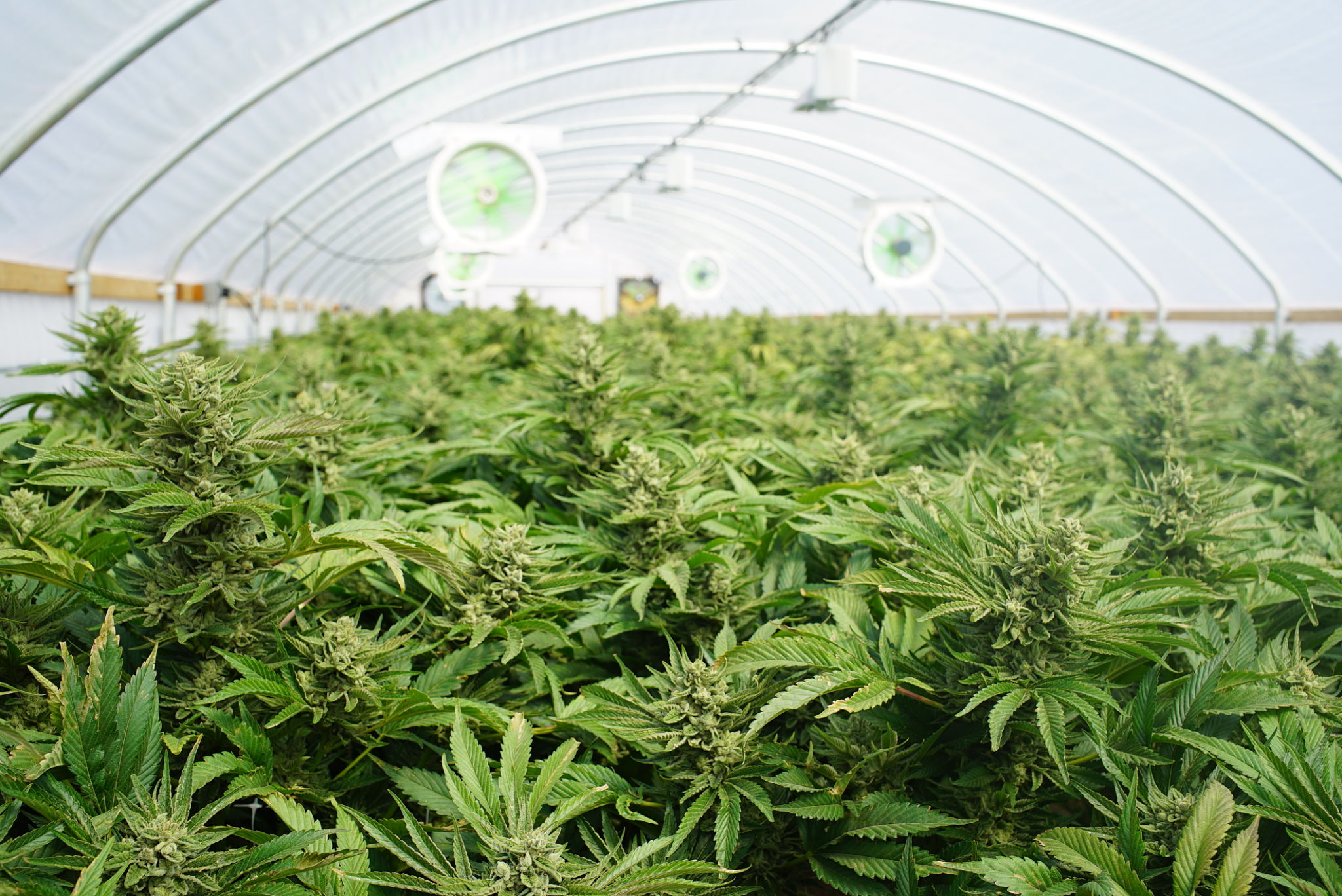Exploring the Latest Trends in Hemp Farming: What’s Next for CBD?
Introduction to Hemp Farming Trends
The hemp farming industry has seen a remarkable transformation over the past few years, particularly with the rise of CBD products. As consumer demand continues to grow, farmers and producers are constantly exploring new trends to stay ahead in the market. Understanding these trends is crucial for anyone involved in the hemp industry, from growers to retailers.

Adoption of Sustainable Practices
One of the most significant trends in hemp farming is the shift towards sustainable and organic farming practices. As environmental concerns become more prominent, farmers are increasingly adopting methods that reduce their carbon footprint and promote soil health. Techniques such as crop rotation, no-till farming, and the use of organic fertilizers are becoming standard practice in many hemp farms.
These sustainable methods not only help preserve the environment but also improve the quality and yield of hemp crops. Consumers are more conscious than ever about where their products come from, and sustainable practices can provide a competitive edge in the marketplace.
Innovations in Hemp Cultivation
Technological advancements are playing a pivotal role in shaping the future of hemp farming. From drone technology for monitoring crop health to blockchain for ensuring product traceability, innovation is at the forefront. Precision agriculture tools are enabling farmers to optimize water usage, manage pest control, and enhance overall crop management.

Variety Development for Enhanced CBD Content
The development of hemp strains with higher CBD content is another trend gaining traction. Breeders are working tirelessly to create new varieties that maximize CBD yield while minimizing THC levels. This endeavor aligns with regulatory requirements and meets consumer demand for potent CBD products.
These new varieties are not only beneficial for consumers seeking enhanced effects but also offer growers a more lucrative return on their investment. As research progresses, we can expect more tailored strains to enter the market.
Exploring New Markets
The expansion into new markets is a crucial trend for the hemp industry. While CBD products have already made significant inroads into beauty and wellness sectors, there is growing interest in areas such as pet care, functional foods, and even textiles. These markets offer exciting opportunities for diversification and growth.

International Opportunities
With changing regulations worldwide, international markets are becoming increasingly accessible. Countries that were previously hesitant are now exploring hemp cultivation and CBD production, opening doors for export opportunities. Navigating these international waters requires understanding different regulatory landscapes and adapting business strategies accordingly.
Challenges and Considerations
Despite the promising trends, hemp farmers face several challenges. Regulatory uncertainties remain a significant hurdle, as laws regarding hemp cultivation and CBD vary widely across regions. Keeping abreast of these changes is crucial for compliance and avoiding potential legal issues.
Additionally, market saturation in some areas may pose a challenge for new entrants. Strategic planning and innovation are key to standing out in an increasingly competitive space.
The Future of Hemp Farming
The future of hemp farming looks promising, with ongoing advancements in cultivation techniques and emerging markets driving growth. As the industry continues to evolve, staying informed about these trends will be vital for success.
For those involved in hemp farming or considering entering the sector, embracing these trends can lead to significant opportunities. The integration of sustainable practices, technological innovations, and market diversification will likely define the next chapter in hemp farming's journey.